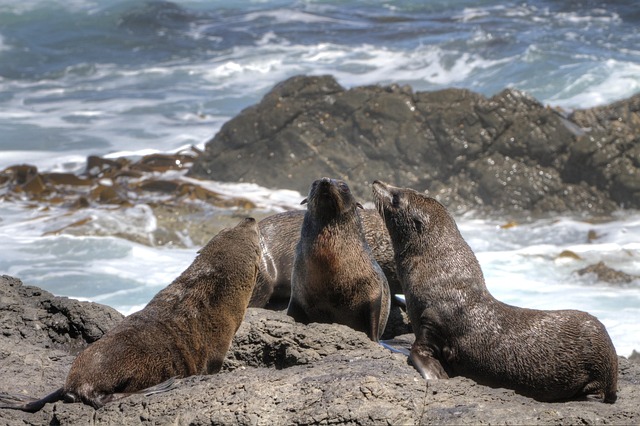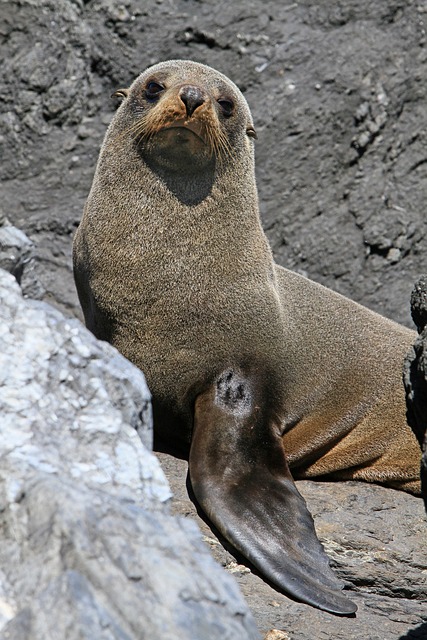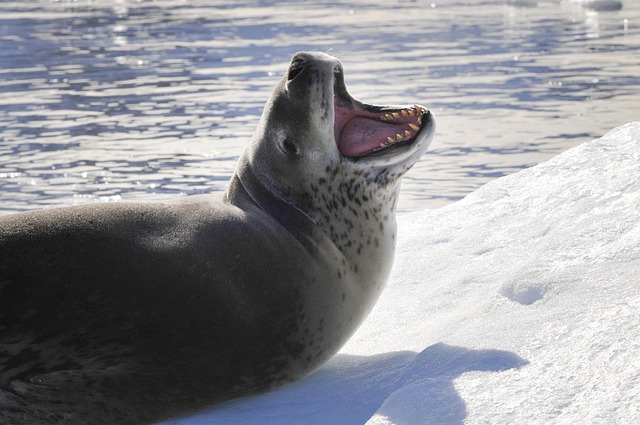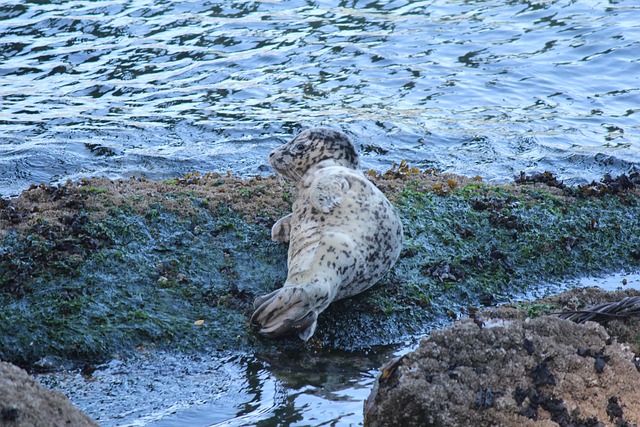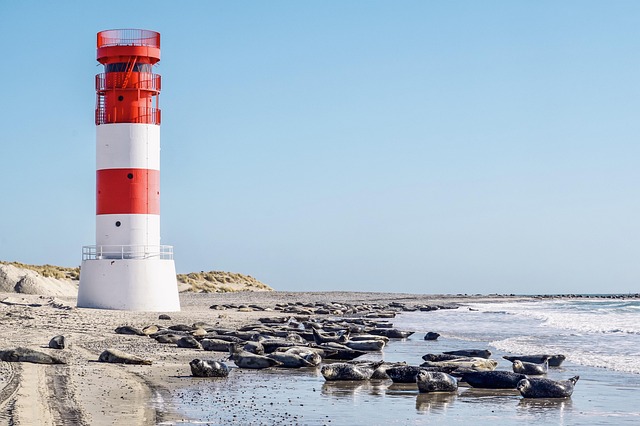Arctic seals are facing an increased risk of extinction as the climate crisis continues to erode their icy habitat, while more than half of the world’s bird species are now in decline due to deforestation and agricultural expansion, according to a new report from the International Union for Conservation of Nature (IUCN). The organisation’s latest Red List of Threatened Species, released on Friday, highlights the worsening situation for many species, though it also offers signs of progress in global conservation efforts.
++ Starlink satellites falling to Earth at increasing rate
The green sea turtle, once critically endangered, has made a remarkable recovery following decades of coordinated protection and habitat restoration. Dr Rima Jabado, deputy chair of the IUCN Species Survival Commission, said the update demonstrates both the fragility and resilience of nature. “Hope and concern go hand in hand in this work,” she explained. “The same persistence that brought back the green sea turtle can be mirrored in everyday actions — supporting sustainable choices, backing conservation initiatives, and urging leaders to deliver on their environmental promises.”
The updated list represents an extensive scientific effort, with experts worldwide assessing the conservation status of thousands of species. Dr Kit Kovacs, co-chair of the IUCN Pinniped Specialist Group, warned that Arctic marine mammals such as seals, whales, and polar bears all depend on sea ice, which is rapidly vanishing due to human-driven climate change. The report has reclassified harp, hooded, and bearded seals as being at greater risk, reflecting their shrinking habitat. “Acting to help seals is acting to help humanity when it comes to climate change,” Dr Kovacs said.
++ Richard Hammond to discuss divorce on new TV series
Bird populations are also suffering severe declines. In Madagascar, West Africa, and Central America, species including Schlegel’s asity, the black-casqued hornbill, and the northern nightingale-wren have been moved to near-threatened status. Stuart Butchart, chief scientist at BirdLife International, described deforestation, agricultural intensification, and climate change as part of a “depressing litany of threats.” With 61 per cent of the world’s birds now in decline, he called it “an alarm bell that we can’t afford to ignore.” The upcoming UN climate summit in Belém, Brazil, will place renewed focus on protecting tropical forests, though some scientists remain doubtful that world leaders will take the bold action required.
